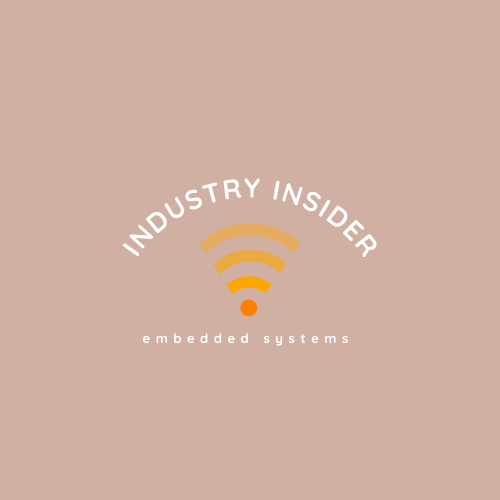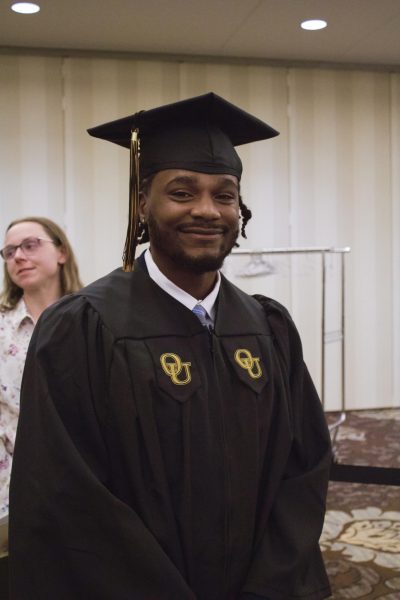Industry Insider: Dr. Rawashdeh points to future of embedded systems

Take a peek into various career paths with the Post’s column Industry Insider.
Accelerating technology is pushing the field of computer engineering to become more integrative than ever – and embedded systems are a linchpin to the trade’s initiative of “smart” success.
Dr. Osamah Rawashdeh, Oakland University’s chair of electrical and computer engineering, is preparing his students to face an era of cyber innovations that was unforeseen a decade ago.
Rawashdeh completed most of his undergraduate degree in Germany before transferring to the University of Kentucky. As an undergrad, he became involved in embedded systems with 2DI — a company that crafts temperature monitors for commercial refrigerators.
After deciding to pursue a master’s degree and Ph.D. in electrical engineering, he began working with Precision Systems and Instrumentation to develop spinal cord and brain tissue impactors for medical research.
Rawashdeh graduated with his Ph.D. in 2005 and stayed on with the University of Kentucky as a lecturer before accepting a position with OU in 2007. He has since led a team of OU engineering students to win a $1 million international award for designing the Loon Copter, a multi-rotor drone that can operate both aerially and underwater.
The Oakland Post met with Dr. Rawashdeh to gain insight into the advancements of embedded systems and the field’s projected impact on our world at large.
Q: What are embedded systems?
A: An embedded system is a special-purpose computer system. You keep hearing about things becoming “smart,” right? Making things “smart” just means putting a processor computer in it.
There’s a computer in my watch, there’s a computer in the printer, there’s a computer in that thermostat – all of these are computers. There’s some code running, checking temperatures, sending signals to the HVAC unit, there’s a Wi-Fi transmitter – that’s a computer, too.
The word ‘embedded’ comes basically from embedding a processor in an application — and I think this is one of the most exciting fields for the next foreseeable future. To do something like this, you have to understand applications and write software, but you also have to design hardware.
Q: When you first became an embedded systems professional, what surprised you the most about working on-the-job versus studying the field?
A: Probably the hardest thing and most surprising thing is effectively communicating with people outside of my discipline.
Engineering is using science and applying science to solve problems. And as an embedded systems engineer, the problems are not embedded systems or electrical and computer engineering (ECE) problems – they are problems in other disciplines.
If I’m trying to design a solution, it’s on me to communicate what the possibilities are and what the limitations are of the technology.
Q: What is the best part of working in your field?
A: Probably creating something. Just having this ability is empowering and exciting – to envision something and actually [be] able to create it.
I could go home now and work on a toaster that wakes me up and warms up my coffee and makes toast. It’s not hard. That is probably the best part about this.
Q: How do you see your field evolving in the present day? What direction do you see it headed in the future?
A: What’s happening right now is these embedded processors are becoming more and more capable. When I went to school, a computer engineer was not too concerned about operating systems, security, machine learning or AI algorithms because we couldn’t run them on these little controllers.
Now these embedded controllers are becoming so powerful, many algorithms that used to run on full-fledged PCs are now moving to embedded systems. So it’s actually important for embedded systems [students] to learn more and more about what is happening in the general computer science field and with general-purpose PCs.
Because these processors at the edge of embedded systems are becoming more powerful, we’re starting to migrate these algorithms to the edge. And this is called edge AI. We have to learn about artificial intelligence and machine learning as embedded engineers, which we didn’t 10 years ago because we didn’t have the processing power.
This is another example of also describing how the lines are blurring between this traditional thinking: computer scientist, computer engineer, mechanical engineer – all these lines are blurring.









